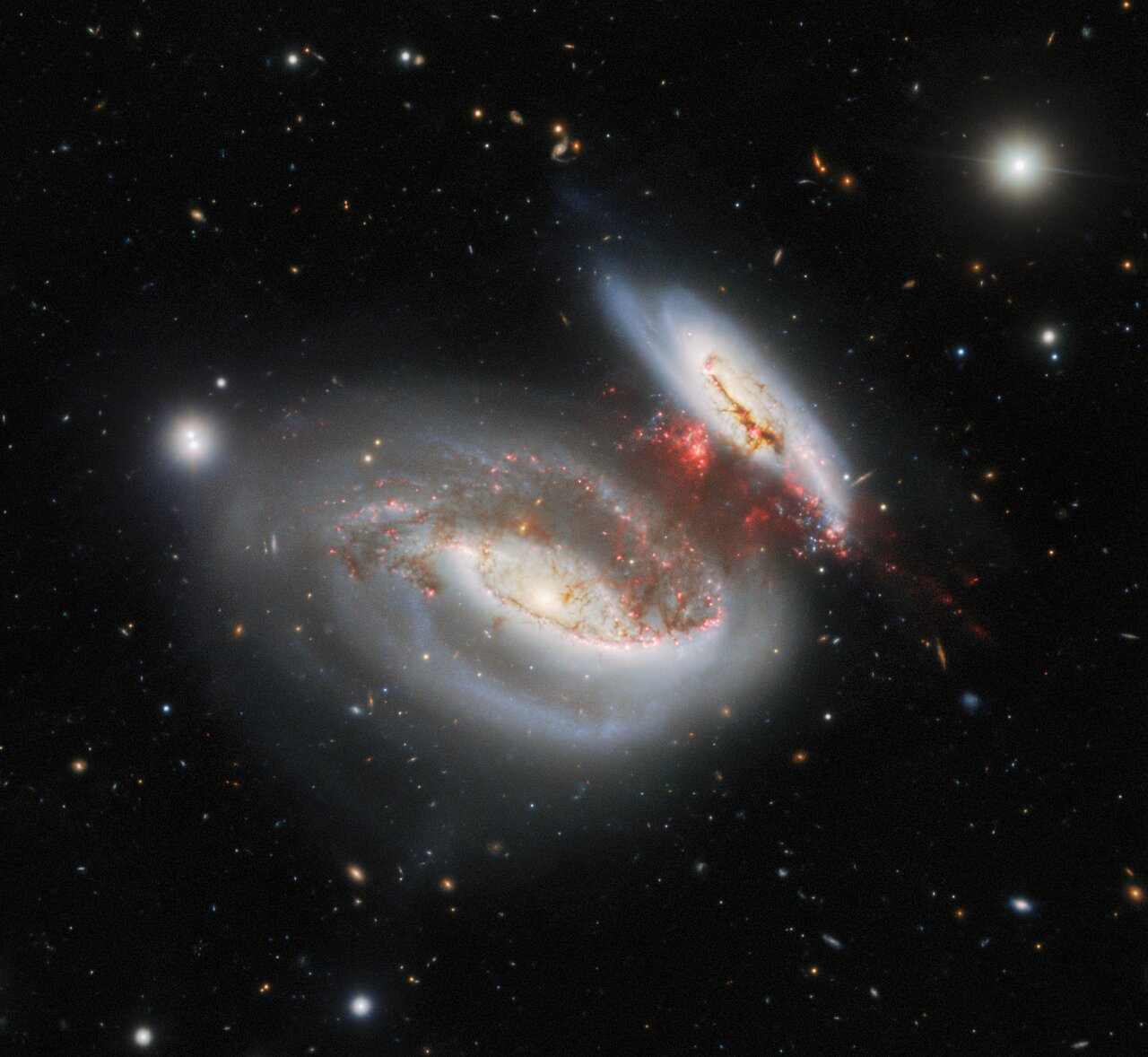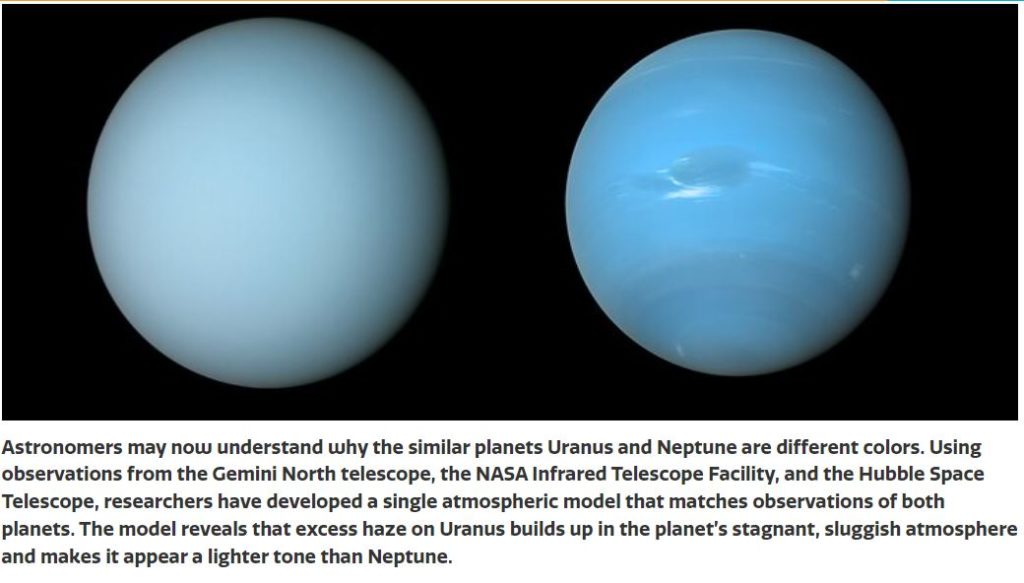
Nothing can evoke an existential perspective-spiral quite like looking at an image of a galaxy. At first glance, these sublime structures may appear rather serene. But in fact the center of many galaxies is a turbulent environment containing an actively feeding supermassive black hole.
Orbiting these incomprehensibly dense objects are swirling accretion disks of gas and dust, which feed the black hole and emit copious amounts of energy all along the electromagnetic spectrum—from high-energy gamma rays and X-rays, through visi...
Read More









Recent Comments